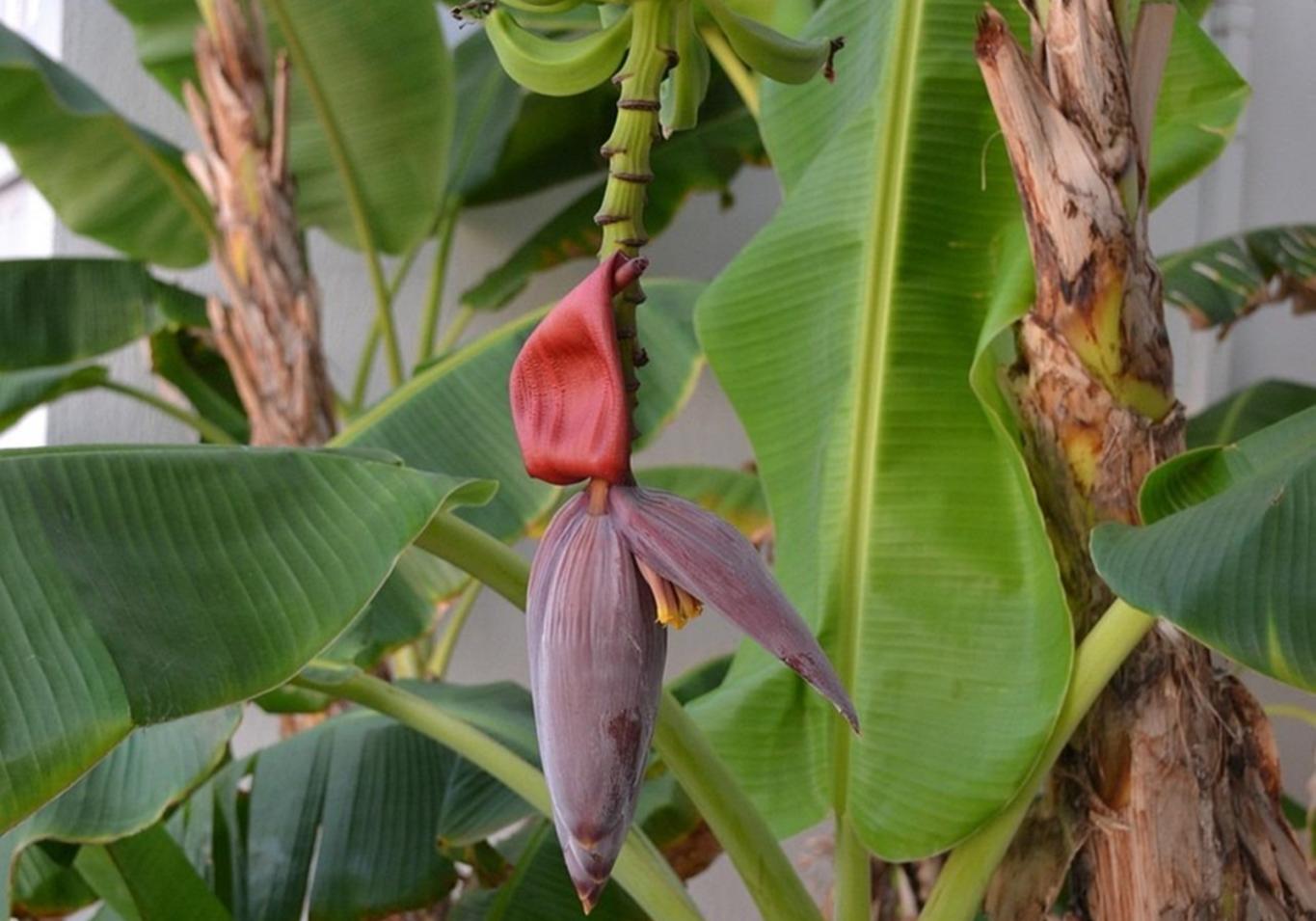India’s diverse culinary landscape is home to some truly unique ingredients that may seem odd at first glance but are packed with flavor and tradition. From swamp-grown stems to fermented roots, these five regional specialties showcase India’s rich food heritage and the bold tastes that define its local cuisines.
5 Weird but Delicious Ingredients You Can Only Find in India
India’s food culture is a tapestry of regional flavors, ancestral techniques, and ingredients that often surprise outsiders. Some of the country’s most beloved dishes rely on ingredients that look bizarre or sound unfamiliar—but they deliver unforgettable taste. Here are five such culinary gems that are weird, wonderful, and uniquely Indian.
Key Highlights from the Ingredient List:
Arbi (Taro Root)
Often mistaken for potatoes, arbi has a slimy texture when cooked but absorbs spices beautifully.
Commonly used in dry curries and fritters across North India.
Rich in fiber and potassium, it’s both hearty and healthy.
Jimikand (Elephant Foot Yam)
A knobby, mud-covered tuber with a pungent smell when raw.
Transforms into a meaty, flavorful dish when cooked with mustard oil and spices.
Popular in Bihar and Odisha, especially in festive preparations.
Thor (Banana Stem)
Long, white stalks sold in Delhi markets, often sliced to reveal a lace-like interior.
Used in stir-fries and soups, it’s crunchy and mildly sweet.
Known for its detoxifying properties and high fiber content.
Kamal Kakri (Lotus Stem)
Grown in swampy waters, this stem has a honeycomb-like texture.
Used in Punjabi and Kashmiri dishes, often paired with spices or yogurt.
Offers a satisfying crunch and absorbs flavors well.
Bamboo Shoot (North-East India)
Fermented or fresh, bamboo shoots are a staple in Nagaland, Manipur, and Assam.
Their sharp, earthy flavor complements meats and pickles.
Packed with antioxidants and used in traditional healing recipes.
These ingredients may not be found in mainstream supermarkets, but they are cherished in local kitchens and regional markets. Their flavors, textures, and cultural significance make them essential to India’s culinary identity.
Sources:
Indian Express






